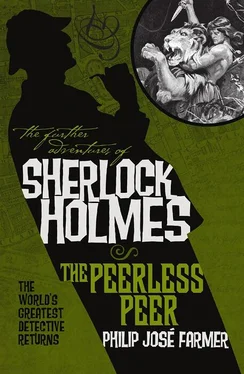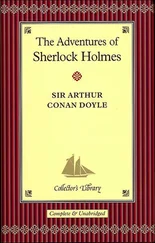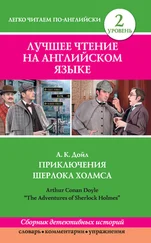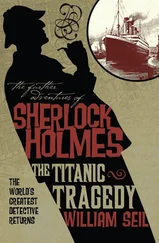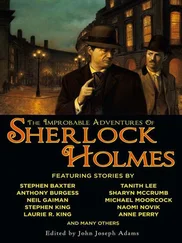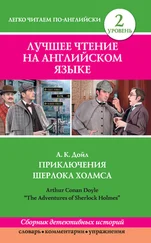The extensive group of related heroes, detectives, explorers, and villains came to be known as “the Wold Newton Family.” Clearly, The Peerless Peer has a place as one of the primary books in Wold Newton mythos. How could it not, when Sherlock Holmes, Mycroft Holmes, the Jungle Lord, Leftenant Drummond, The Shadow, G-8, Lord John Roxton, and Allan Quatermain are all members of this extended family?
In addition to these, other members of the Wold Newton Family include Solomon Kane (a pre-meteor strike ancestor); Captain Blood (a pre-meteor strike ancestor); Professor Moriarty (aka Captain Nemo); Monsieur Lecoq; Phileas Fogg; the Time Traveller; Rudolf Rassendyll; A. J. Raffles; Wolf Larsen; Professor Challenger; Arsène Lupin; Richard Hannay; Bulldog Drummond; Doctor Fu Manchu and his nemesis Sir Denis Nayland Smith; Joseph Jorkens; Sam Spade; The Spider; Nero Wolfe; Mr. Moto; The Avenger; Philip Marlowe; James Bond; Lew Archer; Kilgore Trout; Travis McGee; and many more.
There are some other references in The Peerless Peer which solidify it as one of the foremost entries in the Wold Newton series. Watson’s accidental reference to the sixth Duke of “Holdernesse” (rather than “Greystoke”) makes it clear that story is tied to Holmes’ previous case, “The Adventure of the Priory School.” In Tarzan Alive and Doc Savage , Farmer’s reveals that the great-nephew of the sixth Duke from “Priory School” is none other than the Ape Lord himself. And the sixth Duke’s bastard son is the father of pulp hero Doc Savage. Furthermore, “Holdernesse Hall” is actually Pemberley House, from Pride and Prejudice .
The biggest mystery that Holmes solves in The Peerless Peer is that of the Jungle Lord himself. He was legitimately the eighth Duke, but in order to avoid publicity surrounding his “feral man” status, he chose to pretend to be the seventh Duke, his late cousin, whom he greatly resembled. (This becomes a major plot point in Farmer’s and my subsequent Wold Newton novel, The Evil in Pemberley House .)
At this stage a recounting of the ducal relationships is in order. The fifth Duke and the sixth Duke were brothers. The seventh Duke was the son of the sixth Duke. The Jungle Lord’s father was the son of the fifth Duke, but he died before the fifth Duke. Therefore, when the fifth Duke died, the title passed to the fifth Duke’s brother. The Jungle Lord was the grandson of the fifth Duke, and thus was the great-nephew of the sixth Duke. Leftenant John Drummond, the Jungle Lord’s adopted son in The Peerless Peer , was therefore the great-great nephew of the sixth Duke. To put it another way, the sixth Duke was Drummond’s great-great-uncle.
Early in The Peerless Peer , Mycroft reminds Sherlock that he (Sherlock) knew Leftenant Drummond’s great-uncle, the late Duke (referring to the sixth Duke from Watson’s “The Adventure of the Priory School”).
When Mycroft makes this statement, everyone believes that the current duke is the seventh Duke, because the Jungle Lord, the legitimate eighth Duke, is posing as the late seventh Duke (no one knows that the seventh Duke has died). Therefore, since Leftenant John Drummond is described as the adopted son of the current (seventh) Duke, Mycroft should have reminded Sherlock that he (Sherlock) knew the Leftenant’s grandfather , the late sixth Duke.
But he didn’t.
Mycroft describes the late sixth Duke as Drummond’s great-uncle, which is very close to the real relationship as Drummond’s great-great-uncle. Despite Mycroft’s usual precision, one might overlook this slight mistake, presuming that “great-great-uncle” could be shortened in conversation to “great-uncle.”
However, Mycroft’s description of the sixth Duke as Drummond’s great-uncle demonstrates that he knew the truth of the Jungle Lord’s deception and impersonation from the beginning. One can make a mistake or shorten “great-great-uncle” to “great-uncle.” One doesn’t make the mistake of saying “great-uncle” when one means “grandfather” — especially when one is Mycroft Holmes.
Mycroft already knew — before he sent Holmes and Watson on their African adventure — that the Ape-Man’s cousin, the seventh Duke, had died, and that the Jungle Lord, the legitimate eighth Duke, had taken his late cousin’s identity.
The story of how Mycroft came upon that knowledge is undoubtedly a fascinating one.
This revelation also raises the distinct possibility that Mycroft knew, when he sent Holmes and Watson on their aerial trek to Cairo to capture Von Bork, that they could well be blown off course by an impending “storm of the century,” thus calling into question the coincidental nature of their meeting with the Lord of the Jungle.
But that’s another story from the battered tin dispatch-box.
Win Scott Eckert
Denver, Colorado
March 2011
This is the line in which Watson inadvertently wrote “Holdernesse” but corrected it. Editor.
Under normal circumstances your editor would delete this old joke. Doubtless the reader has heard it in one form or another. But it is Watson’s narrative, and it is of historical importance. Now we know when and where the story originated.
The good doctor probably intended to delete the references to sanitation in the final version of this adventure. At least, he always had been reticent to a Victorian degree in such references in all his previous chronicles. However, this was written in 1932, and Watson may have thought that the spirit of the times gave him more latitude in expression. Editor.
This mad, but usually functioning, American must surely be the great aviator and espionage agent who, after transferring to the U.S. forces in 1917, was known under the code name of G–8. While in the British service, he apparently went under the name of Wentworth, his half-brother’s surname. For the true names of G–8, the Spider, and the Shadow, see my Doc Savage: His Apocalyptic Life, Bantam, 1975. Editor.
The description of this man certainly fits that of a notable crime fighter operating out of Manhattan in the ’30’s through the ’40’s. If he is who I think he is, then one of his many aliases was Lamont Cranston. Editor.
For the first time we learn that Holmes anticipated the discovery of the Austrian scientist, von Frisch, by many decades. Editor.
According to German official records the L9 was burned on September 16, 1916, in the Fuhlsbüttel shed because of a fire in the L6. Either Watson was in error or the Germans deliberately falsified the records in order to conceal the secret attempt to rescue Von Bork. At the time this adventure occurred, the L9 was supposed to be in action in Europe and its commander was Kapitän-leutnant d. R. Prölss. Editor.
There was actually no danger of fire since phosphorus-coated bullets were not being used. Apparently, the grenades, which might have set off the hydrogen, were not used. Editor.
The records of the Imperial German Navy have been combed without success in a search for identification of the L9 and the crew members mentioned by Watson. Could it be that the ship and crew were secret agents also, that the L9 was a “phantom” ship, that it carried out certain missions which the German concealed from all but the highest? Or were there records, but these are still in closed files or were destroyed for one reason or another? Editor.
Читать дальше
